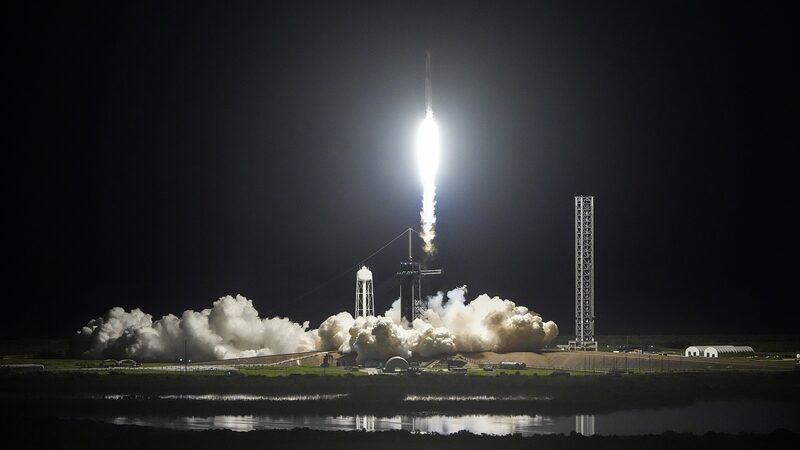Japan’s iconic H2A rocket blasted into history books early Sunday, completing its 50th and final mission with a flawless launch from Tanegashima Space Center. 🌌 The rocket, a workhorse of Japanese space exploration since 2001, carried the climate-tracking Ibuki-GW satellite to orbit—a fitting swan song for a legend that advanced science for over two decades.
💡 Why it matters: With a 98% success rate (only one hiccup in 2003!), the H2A launched satellites critical to weather forecasting, disaster monitoring, and planetary research. Now, Japan’s shifting gears to the H3 rocket—a cheaper, more competitive model designed to rival SpaceX and other global players. Think of it as upgrading from a flip phone to the latest smartphone 📱✨.
🔍 Satellite spotlight: The Ibuki-GW, developed by Japan’s Environment Ministry and space agency, will track greenhouse gases worldwide. It’s like a climate detective in the sky 🕵️♂️🌍, helping scientists tackle global warming.
🚀 What’s next: The H3’s debut last year faced early setbacks, but Japan’s betting big on its upgraded tech to slash launch costs by 50%. Will it become the new MVP of space logistics? Stay tuned!
Reference(s):
cgtn.com





